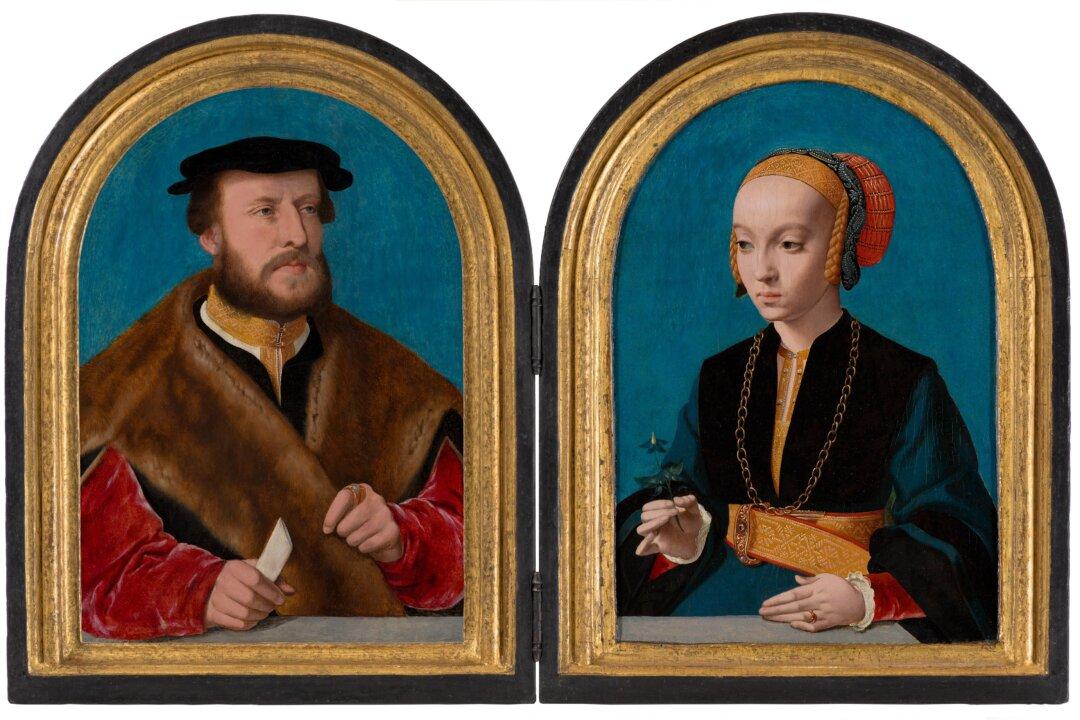A young German couple have finally been reunited, after spending generations apart.
Ariane van Suchtelen, curator at the Royal Picture Gallery Mauritshuis, in The Hague, Netherlands, first identified the 16th-century portrait of Jakob Omphalius (1500–1567) in a photograph some 20 years ago. The image she found of Omphalius led her to find his fiancée’s name. Van Suchtelen’s discovery came when she was researching a portrait of an unnamed woman by the preeminent German portrait-painter Bartholomäus Bruyn the Elder (1493–1555). Then, she patiently waited for Omphalius’s portrait to reappear.






